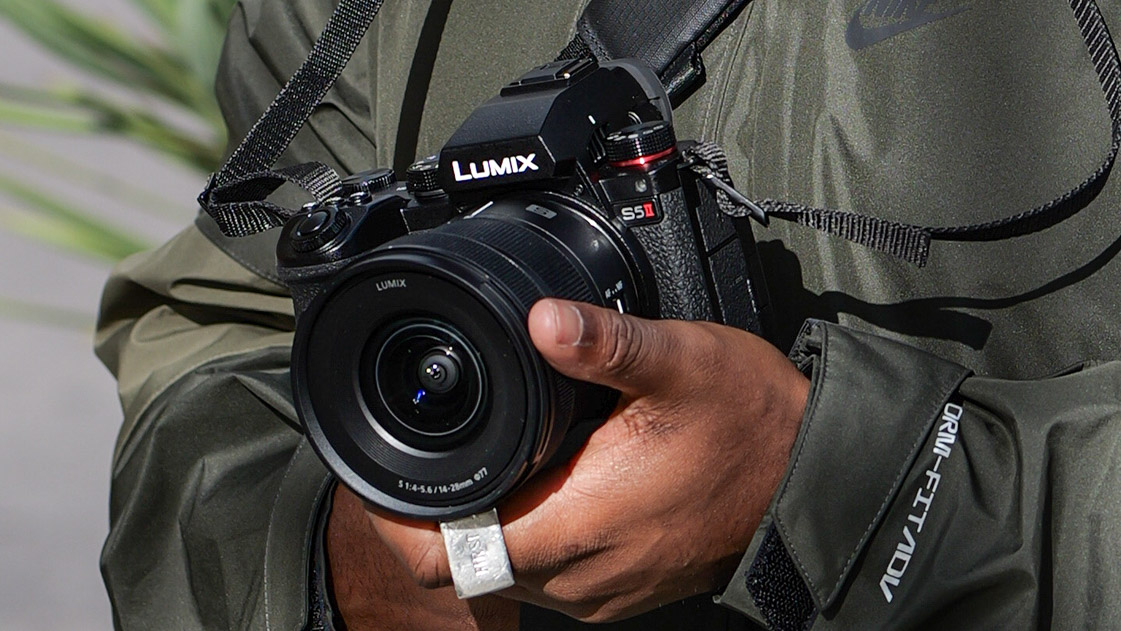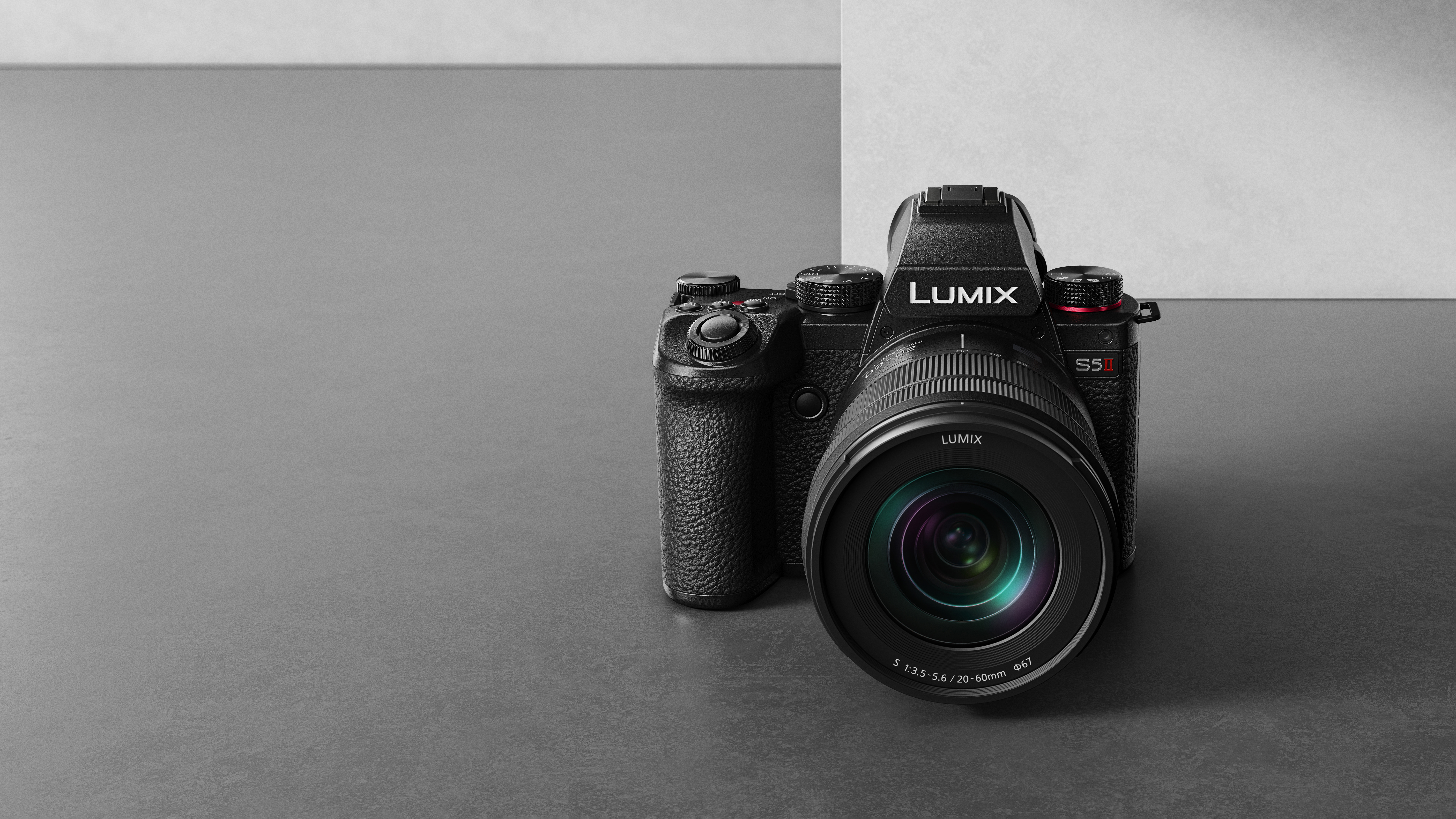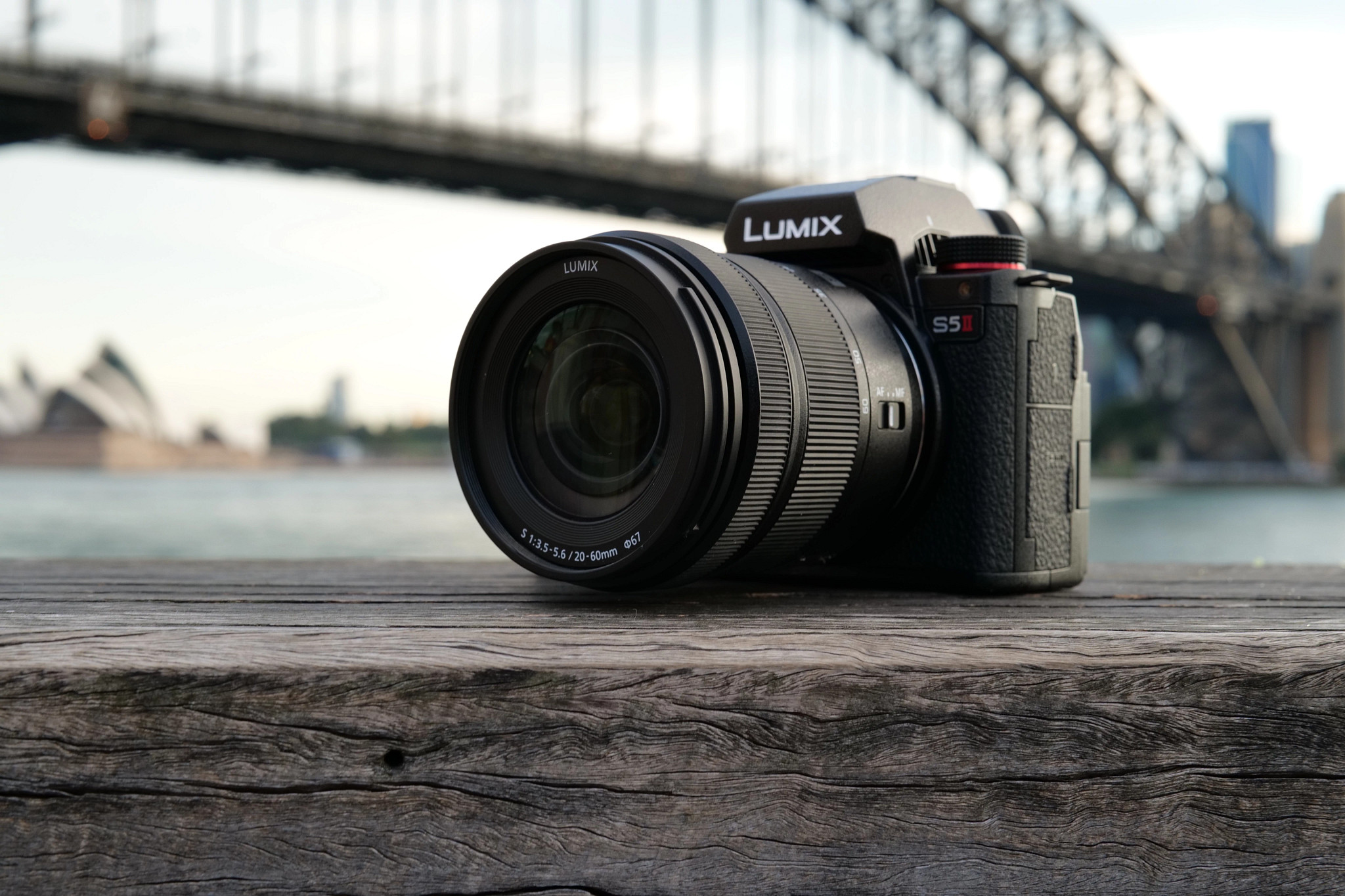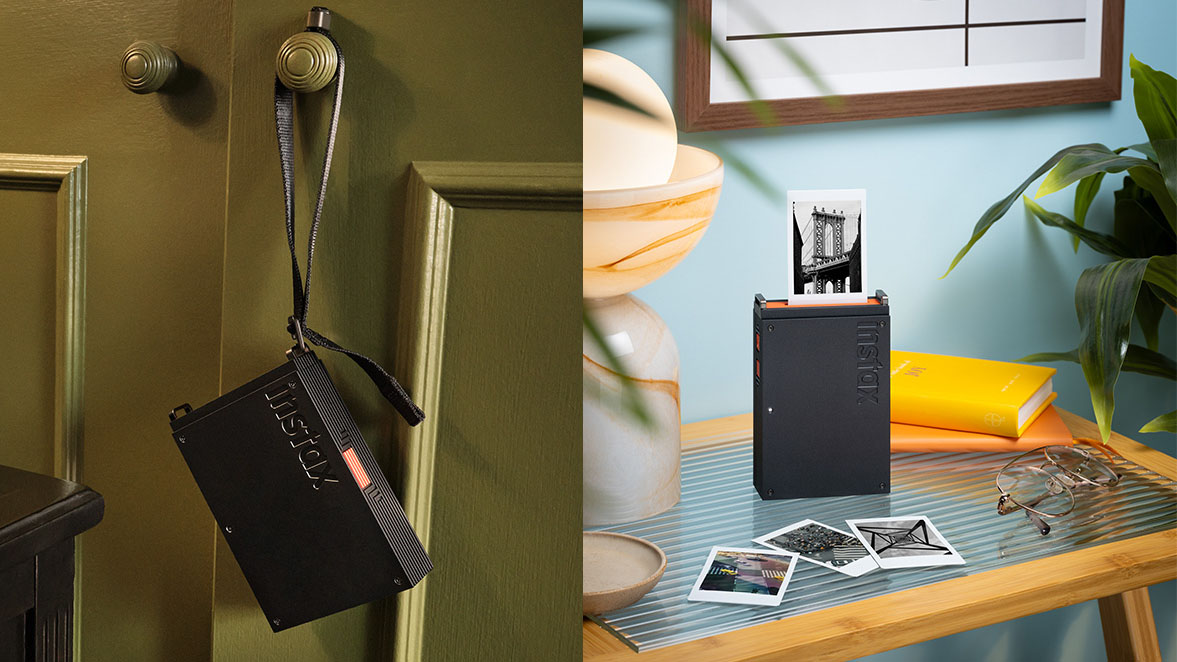
It finally happened. Panasonic took off the kid gloves, cracked its knuckles, and punched in the cheat code: Phase detect autofocus – enabled.
The Panasonic LUMIX S5 was already an absolute monster of a camera. A powerful 24.2MP full-frame image sensor, extraordinary image quality, best-in-class video performance, dual memory card slots, 14 stops of dynamic range… it was arguably the best camera on the market under $2,000.
However, with the addition of Panasonic’s new phase hybrid autofocus, the new LUMIX S5II and S5IIX have just hit god tier. Yes, this AF technology really is that big a difference maker, and these new cameras really are that big a deal. The reliability of the autofocus has levelled up like never before, enabling these latest Lumix cameras to stick to subjects like white on rice.
This transformative level of performance means that you can trust your camera to focus on the subjects, while you focus on capturing the moment.
But why now? Other manufacturers have been using the technology for some time, so why has Panasonic waited to join the party? The answer is simple: image quality. And phase detection autofocus can negatively affect it, resulting in compromises such as pixel loss.
Panasonic has always prioritized photo and video fidelity above all else, and it until now it wasn’t satisfied enough with the quality of phase detect. With the new tech inside the new cameras, though, the manufacturer is able to integrate phase hybrid AF while achieving the image fidelity it is known for.
How it works
The newly designed 24.2MP image sensor in the LUMIX S5II and S5IIX is constructed with the phase hybrid architecture, and it works in tandem with an all-new image engine (which offers double the speed when it comes to high-speed signal processing, facilitating both high-resolution stills and high bit-rate video).
The best camera deals, reviews, product advice, and unmissable photography news, direct to your inbox!
As the name suggests, the AF system is a hybrid of traditional contrast detection autofocus (such as Panasonic’s Depth From Defocus system) and phase detection. The former is renowned for its speed and accuracy, by finding the highest point of contrast in an image to determine the point of focus. Phase detect, meanwhile, employs depth information data that enables the camera to focus slightly slower but with greater accuracy.
By combining the speed of contrast detect with the accuracy of phase detect (thanks to an additional 779 dedicated phase detect AF points across the image sensor), the S5II and S5IIX are able to offer reliable, repeatable focusing even under traditionally challenging conditions.
What it does
Where contrast detect often finds difficulty in adverse or inconsistent lighting situations, the hybridized system with phase detect (along with intelligent metering and subject detection algorithms) means that even harsh backlighting won’t throw your focus off.
It also enables the camera to recognize, lock onto and track a subject even when multiple subjects enter and move within the frame – and even when they pass in front of the primary subject, thanks to the depth information provided by the new AF. While other camera systems have phase detect capability, not all are able to maintain lock when other subjects enter the frame.
Speed is another key factor, not just in establishing focus but in maintaining it. As vloggers and content creators know, one of the telltale signs of a contrast-detect autofocus system is the “pulsing”. This is when the camera shifts focus – sometimes for an instant, sometimes longer – in front of or behind the subject trying to stay on the highest point of contrast. This doesn’t happen with phase hybrid AF, so no more ruined takes!
It’s not just video that benefits, though; just as a contrast-only system can hunt for focus while filming, so it can hunt during continuous shooting. With phase hybrid, however, you can be sure of reliable, robust focus lock for the duration of bursts of stills.
It doesn’t matter whether you’re a videographer or a photographer, an amateur or a professional, a portrait shooter or a wildlife specialist. The addition of phase hybrid autofocus changes the game and gives you an unfair advantage over other image makers, offering such a degree of accuracy that hitting the shutter almost becomes a “fire and forget” situation.
It’s time to improve your hit rate and your image quality in one fell swoop.
Digital Camera World is one of the leading authorities on camera and photography news, reviews, techniques, tutorials, comparisons, deals and industry analysis. The site doesn't just specialize in cameras, but all aspects of photography, videography and imaging – including camera phones, gimbals, lenses, lighting, editing software, filters, tripods, laptops, printers, photo books, desks, binoculars and more.
Whether you're using, looking to buy or trying to get the most out of a compact camera, action camera, camera drone, cinema camera, beginner camera or professional camera, Digital Camera World has a roster of experts with combined experience of over 100 years when it comes to cameras, photography and imaging.



